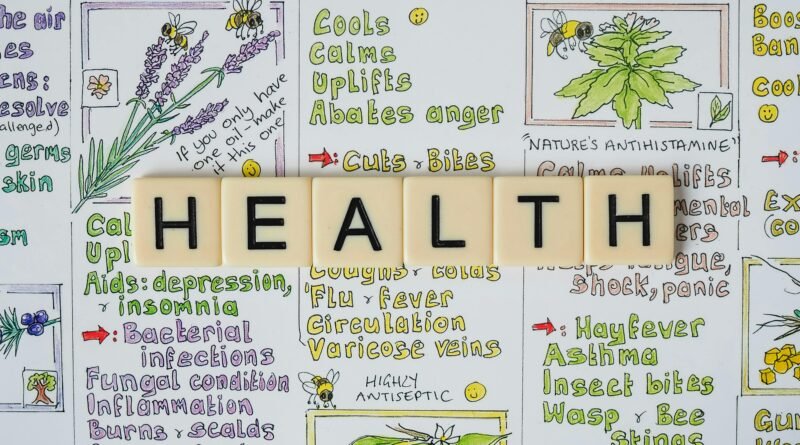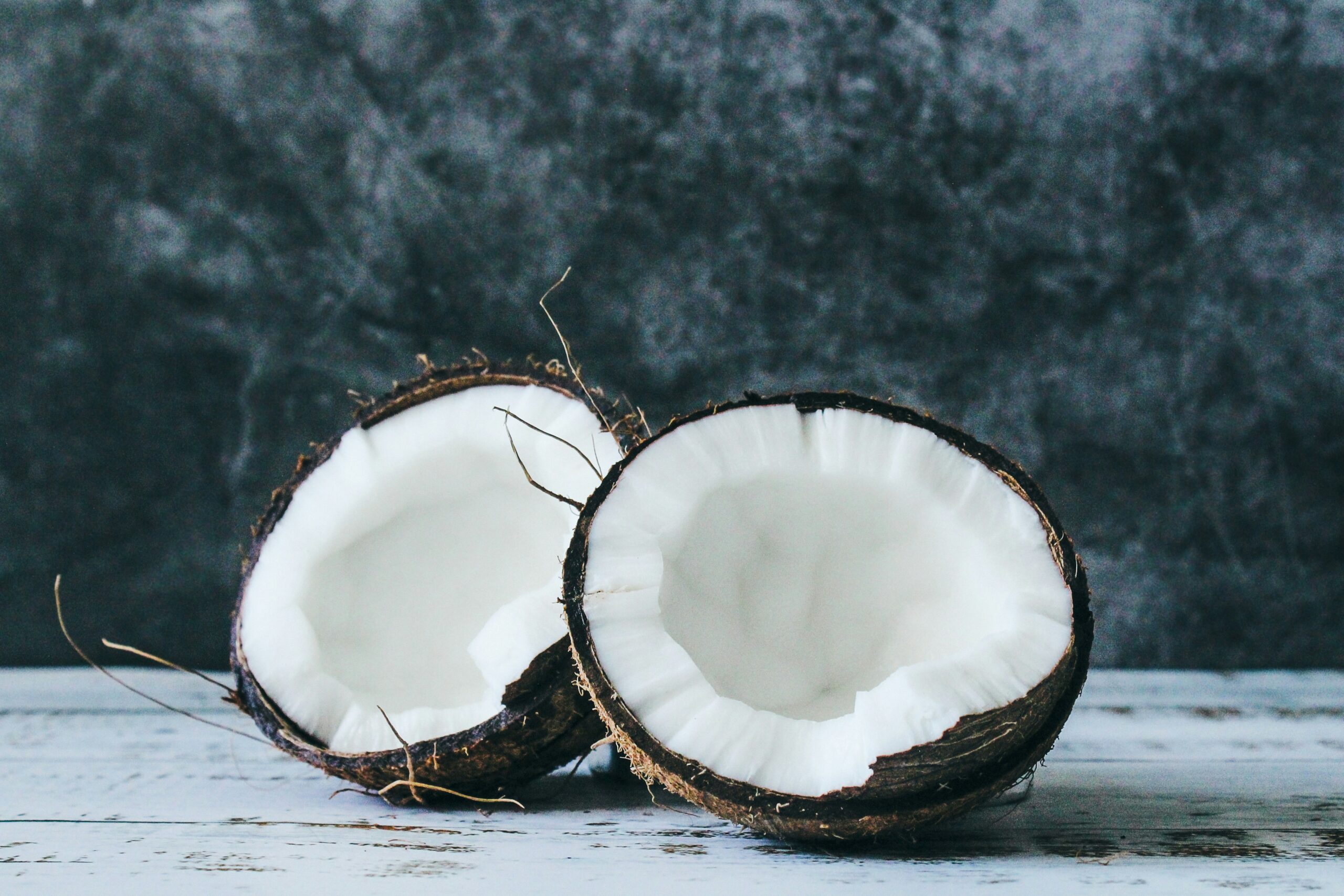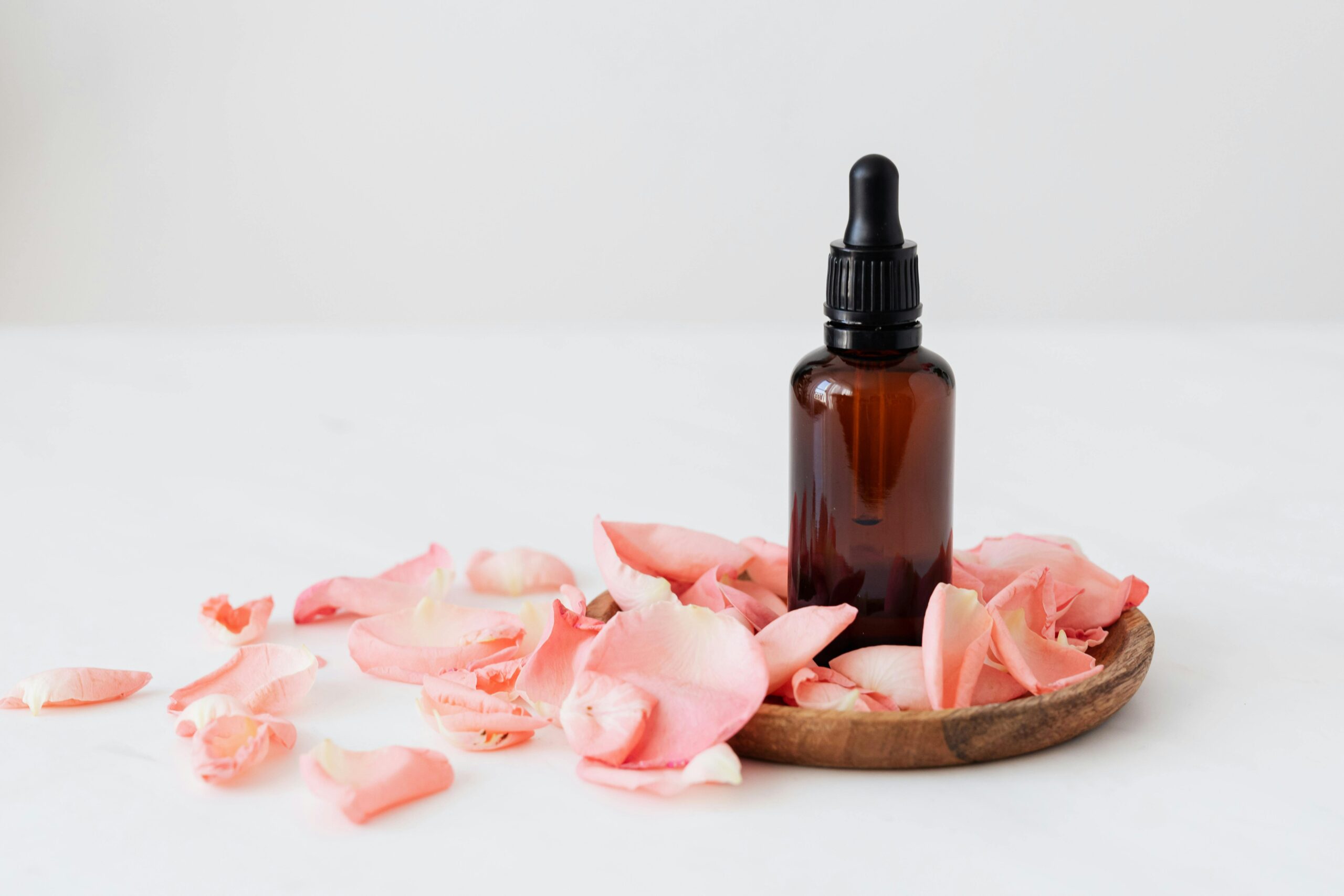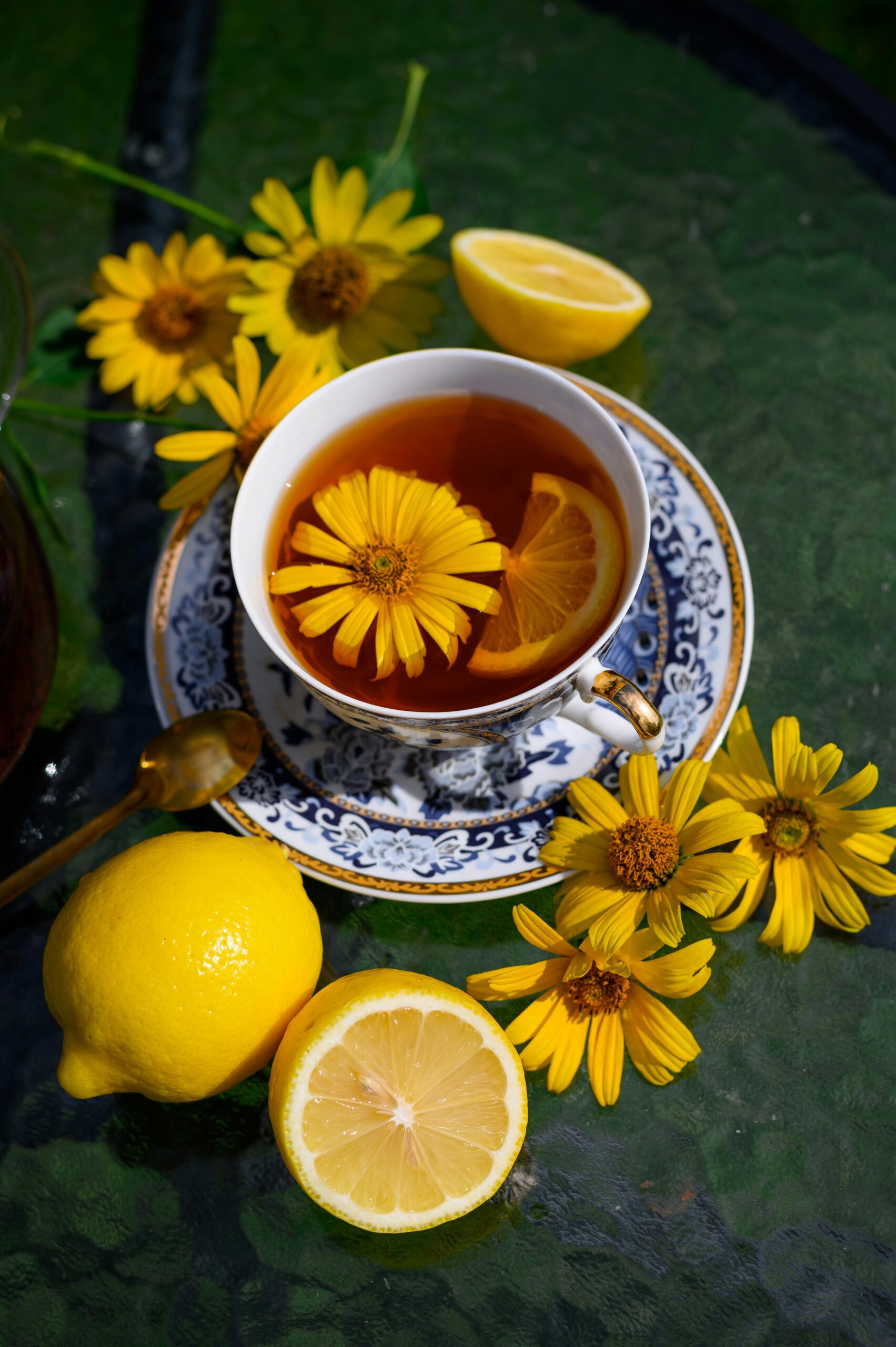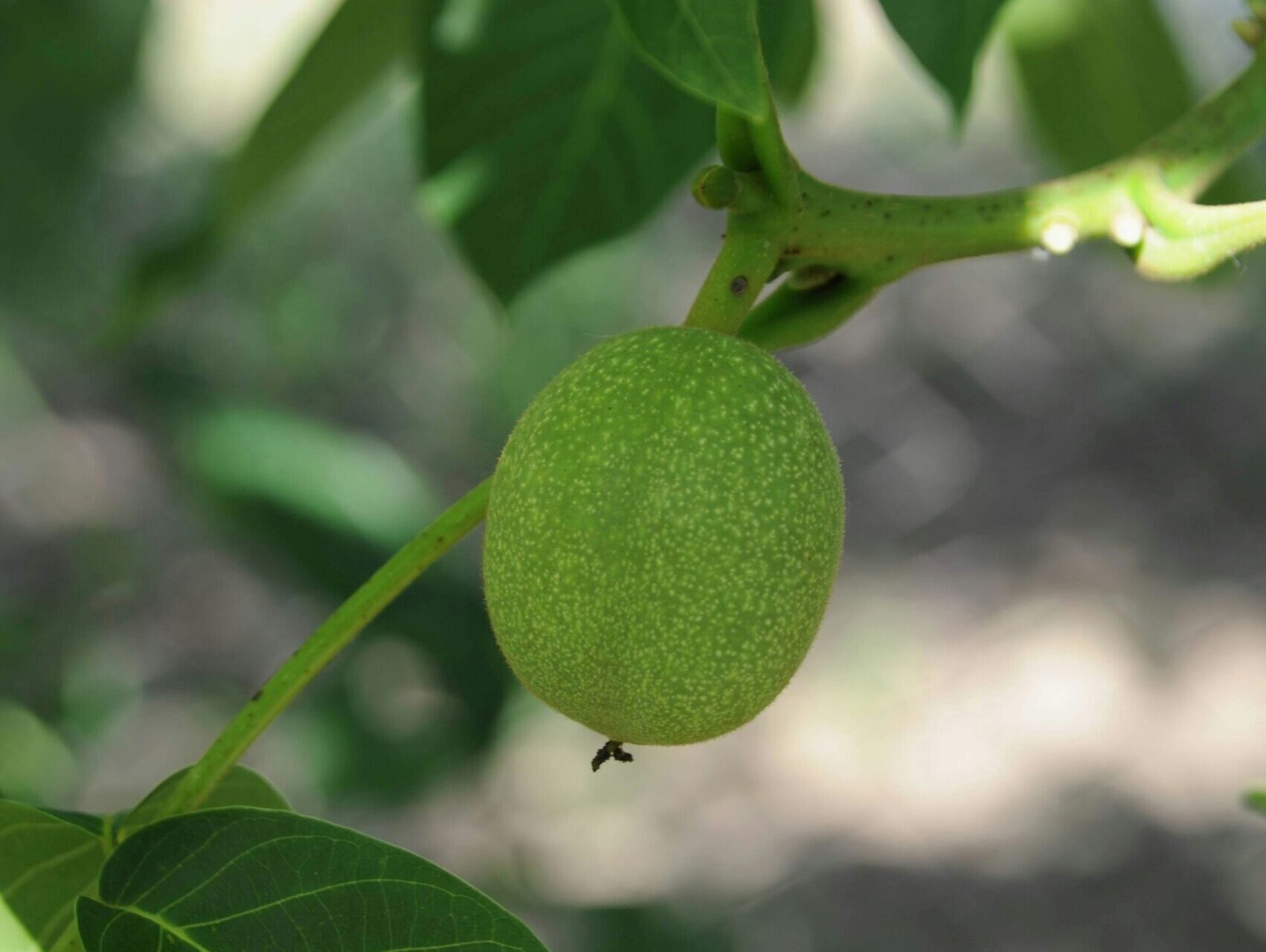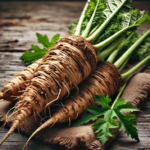Gathering, Storing, and Proper Preparation of Medicinal Plants
The Importance of Proper Collection of Medicinal Plants

A detailed knowledge of medicinal plants not only ensures an efficient harvest but also contributes to maximizing their therapeutic effects.

These plants can have different properties depending on how they are treated, stored, and prepared.
Therefore, the collection must be carried out carefully to avoid contamination with pesticides or other harmful substances.
Moreover, using plants gathered from uncontrolled environments can also lead to health risks, considering that they may be exposed to pollution or other external influences.
The correct collection of medicinal plants represents a crucial step in their effective use for therapeutic purposes. This process requires not only knowledge about the specific plants but also special attention given to the timing and method of collection. Each species of medicinal plant has optimal harvesting periods, depending on its natural cycle, environmental conditions, and the parts of the plant that are of therapeutic interest. For example, flowers are often harvested during blooming, while leaves can be collected in the spring or summer when they contain the highest amounts of active substances.
Therefore, it is essential that those who wish to use medicinal plants invest time in learning about their proper collection. This education will not only allow them to obtain plants at the highest standards but will also ensure the safety and efficiency of their use in both traditional and modern therapies. In this light, possessing solid knowledge about medicinal botany is not only an advantage but also a fundamental necessity for responsible and effective practice.
The Ideal Time for Collection
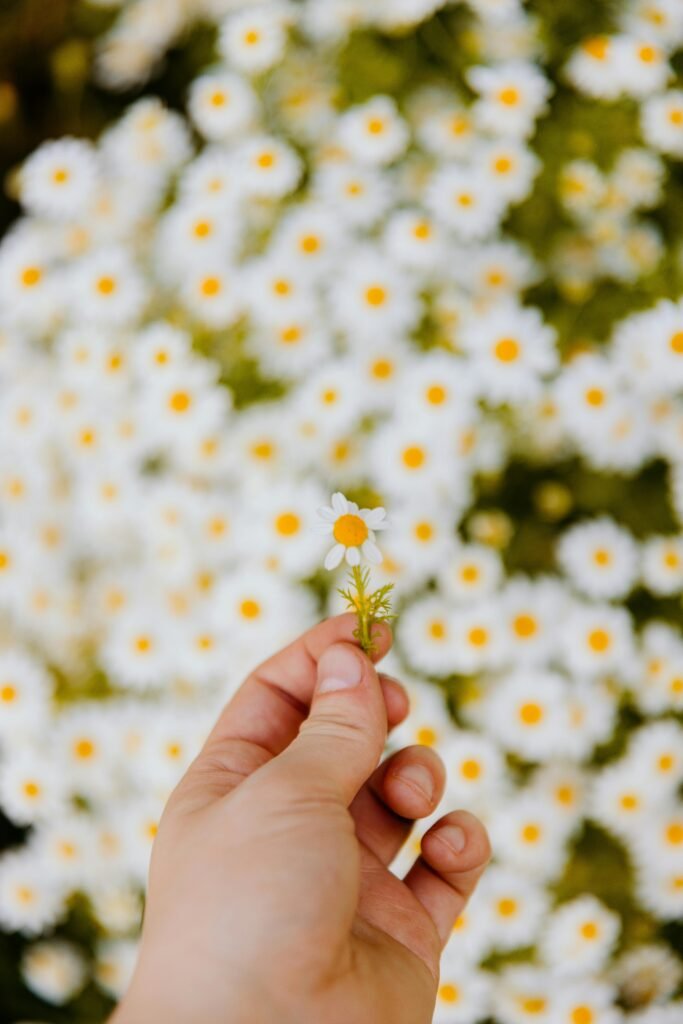
Identifying the right moment for collecting medicinal plants is essential to ensure that we benefit from the highest concentrations of active substances. Each type of plant has its own growth characteristics and a specific life cycle, which determines the optimal harvesting period. In general, medicinal herbs are harvested at different times of the year, taking into account the developmental phases of the plants.
The flowers of medicinal plants are usually most concentrated in active compounds during the blooming period. Their collection is preferably done early in the morning, when the dew is still on the petals, thus ensuring the preservation of the volatile substances. For example, chamomile and lavender are most effectively harvested during this time interval, as their aroma and therapeutic potency are at their maximum.
Regarding leaves, most species should be harvested before flowering, at the moment they have reached an optimal size and the intensity of their aroma is high. For example, mint and basil are plants that should be harvested after the spring experience but before the flowers begin to form, in order to obtain high-quality essential oils. Roots, on the other hand, are usually collected in the autumn, when plants concentrate their energy in the root system, as in the case of ginger or dandelion.
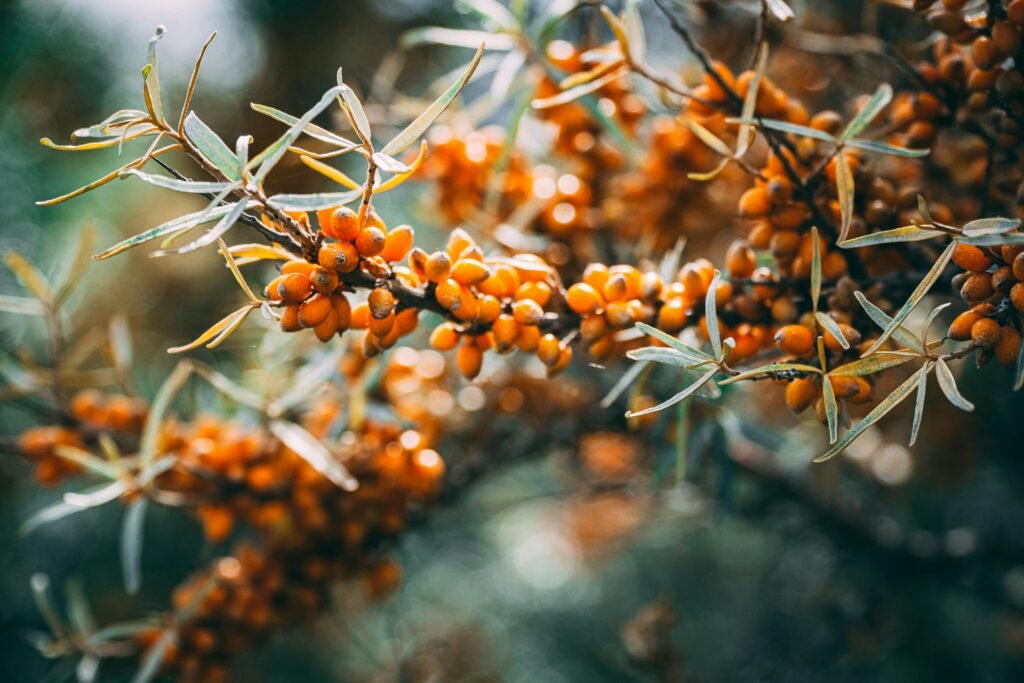
Fruits, such as those of holly or rose hips, are ideal for harvesting during the period of complete maturity, when color and texture indicate optimal development. Thus, planning the collection of medicinal plants according to their type ensures increased efficiency in their use. This aspect is crucial for preserving the therapeutic benefits of the herbs, thereby maximizing their effect in subsequent preparations.
Locations for Collecting Medicinal Plants
The gathering of medicinal plants is an activity that requires attention and in-depth knowledge of the surrounding environment. Choosing the location for collection is essential not only for the efficiency of the harvest but also for the safety of their subsequent consumption. First of all, it is important to avoid polluted areas, such as fields fertilized chemically or banks of contaminated waters. These areas are often contaminated with pesticides, herbicides, or other harmful chemical substances, which can leave dangerous residues on medicinal plants.
The ideal area for collecting medicinal plants should be clean and, preferably, free from harmful industrial or agricultural influences. It is recommended to opt for natural areas, such as forests, wild meadows, or roadside margins, where the flora can thrive without harmful human interventions. In addition, collecting in places that are not accessible to large crowds will ensure superior quality of the plants, due to the absence of atmospheric pollution and contamination through frequent handling.
The selection of the location for harvesting herbs should take into account criteria such as flora diversity, plant health, and the specific climate of the area. An area with adequate humidity and nutritious soil is ideal for the development of high-quality medicinal plants. Also, seasonal monitoring is important, as certain medicinal plants change their properties depending on the season. Therefore, the collection of medicinal plants must be carried out with a well-thought-out plan based on a solid knowledge of the environment and the specific requirements of each plant.
General Rules for Collecting Plants
The collection of medicinal plants is a process that requires attention and respect for nature. It is essential that this is done responsibly, taking into consideration the health of the plants and the surrounding environment. One of the most important aspects is choosing the opportune moment for collection. Most medicinal plants have certain periods of blooming or maturity, when their active components are at their highest concentration. For example, leaf collection should be done before flowering, to benefit from maximum medicinal potency.
In addition to the timing of collection, it is crucial to ensure that the selected plants are healthy. It is recommended to avoid plants that grow near roads, industrial areas, or places where pollution exists, as these may be contaminated with toxic substances. A good practice is to inspect the plants for signs of damage or pest attacks, such as spots or insects. It is important to focus on plants that grow in clean and unpolluted environments.
Also, the collection must be carried out carefully. It is advisable to use a clean knife or scissors, avoiding the excessive breaking of the plants, which can cause ecological damage. Once the plants are collected, they should be cleaned carefully, removing impurities or insects. This ensures that the medicinal plants remain clean and healthy, ready for further use. By respecting these general rules, one can contribute to the conservation of botanical diversity and the efficient use of natural resources.
Preserving Ecology in the Collection of Medicinal Plants
The gathering of medicinal plants represents an activity closely linked to respecting the ecological principles essential for protecting the environment. It is fundamental that the people involved in this process are aware of the impact their actions can have on the ecosystems from which these plants originate. In this sense, collectors must comply with the legislation regarding protected plants, which prohibits the harvesting of endangered species or those with a special protection status. This regulation is crucial for maintaining biodiversity and the conservation of rare species.
Moreover, ecological collection practices involve paying special attention to the way in which the plants are gathered. Collectors should avoid disturbing the soil or breaking the roots, focusing instead on the aerial parts of the plants, such as leaves and flowers. This ensures that the plant can continue to grow and reproduce, thereby contributing to sustainability. The collection actions must be carried out in moderation, avoiding the over-exploitation of certain areas or plants. It is recommended that each collector knows the limits of harvesting and does not collect more than necessary.

In addition, it is important to adopt a responsible attitude towards the environment and the plant habitat. Collectors must be aware of fragile ecosystems and the interdependence among species. Simple actions, such as cleaning the collection area of waste, can contribute to improving and protecting the surrounding environment. Every decision made by a collector has a direct impact on the ecosystem, and these ecological precautionary measures are essential to ensure a sustainable future for medicinal plants and the environment in which they grow.
Necessary Tools for Collection
The gathering of medicinal plants requires not only botanical knowledge but also the appropriate tools that facilitate the process and ensure the integrity of the plants is maintained. The first essential tool is a knife or garden scissors, which must be well-sharpened. This tool is used to cut the plant stems without causing damage, helping maintain the quality of collected plants.
Another important item is a basket or a bag made of natural material, such as rattan or cotton. These containers allow the plants to breathe, preventing the accumulation of moisture that can lead to deterioration. Avoiding the use of plastic packaging is recommended, as these can cause high temperatures and humidity, thus affecting the active compounds of the plants.
Also, the use of gloves is beneficial, especially in the case of plants that exude sap or those that may cause irritation. The gloves protect cuts from contamination and minimize the risk of skin irritation. In addition, a camera or a notebook can be useful to document the collection locations and the characteristics of the plants, thus facilitating their recognition in future occasions.
A portable flashlight is an accessory that can be useful for night collections, especially in areas where medicinal plants are more abundant. In conclusion, choosing the appropriate tools not only optimizes the collection of medicinal plants but also ensures that they are preserved in the best possible condition for future uses. These tools form a solid basis for anyone who intends to engage in the responsible gathering of medicinal plants.
Favorable Atmospheric Conditions
In the process of gathering medicinal plants, atmospheric conditions play an essential role in the quality and efficiency of this endeavor. Factors such as temperature, humidity, and weather can influence the content of active principles in the plants. Collecting on a sunny day, but not too hot, is often recommended because the sun helps intensify the essential oils, thus increasing the potency of the herbs. Also, it is preferable to avoid periods of rain or extreme humidity, as these can dilute the active substances and diminish the therapeutic properties.
The best time to collect medicinal plants is early in the morning, after the dew has evaporated but before the maximum temperature of the day is reached. This interval allows the active ingredients to be preserved in an optimal form, as the plants are more full of energy and nutrients. Additionally, avoiding very windy days or storms is essential to prevent damaging the integrity of the plants and to avoid collecting remains of leaves or other impurities.
Regarding the seasons, spring and summer are the most favorable for harvesting most medicinal plants. These are the periods when the plants are in full bloom and reach maximum development. However, there are also plants that are collected in the autumn, when the concentration of active substances is optimal. Therefore, knowing the meteorological characteristics and the life cycles of medicinal plants is crucial for obtaining herbs of the best quality, which can provide the greatest therapeutic benefits.
Drying and Storing Medicinal Plants
Drying and storing medicinal plants are essential processes to ensure that their curative properties are maintained. First of all, drying is crucial to prevent the degradation of the plants and to preserve their active properties. There are several drying methods, including air drying, sun drying, and the use of specialized devices such as dehydrators. Air drying, for example, is a traditional method that involves hanging the plants in a dark, well-ventilated place. It is recommended that the plants are not exposed directly to the sun, as ultraviolet rays can destroy the active compounds.
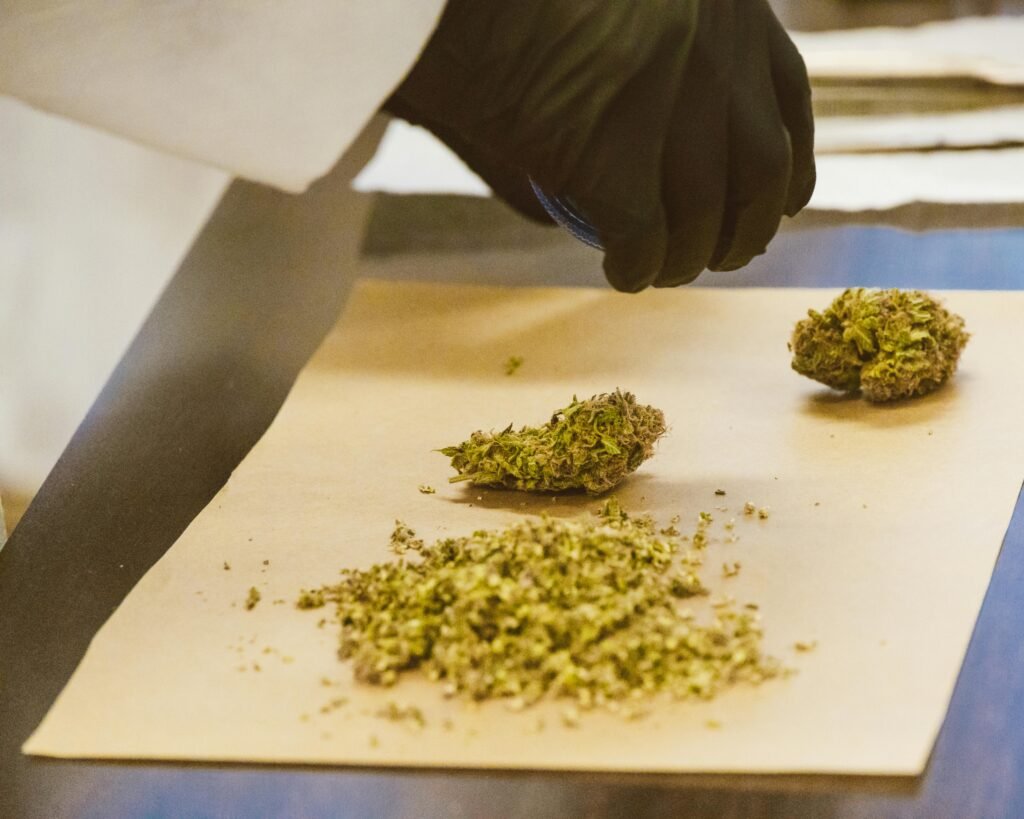
Once dried, medicinal plants must be stored in optimal conditions to maintain their efficiency. Proper storage is done in a dry, cool, and dark environment. Glass or metal containers are the most suitable, as they prevent the penetration of light and moisture. Labeling the containers is also essential, to facilitate the identification of the plants and their shelf life. It is important to avoid using plastic containers, which may retain moisture and affect the quality of the plants.
Another important aspect of storing medicinal plants is the periodic control of their condition. Checking for any signs of mold or pests can prevent deterioration. It is also recommended to use the dried plants within one year of collection to benefit from their full potency. By taking these measures, it is possible not only to ensure preservation but also to maintain the maximum efficiency of the medicinal plants, contributing to their proper use in therapeutic applications.
Preparing Medicinal Plants
The preparation of medicinal plants is an essential process for maximizing their therapeutic effects. There are various methods by which these plants can be used, each having its own particularities depending on the type of plant used. The most common methods are infusion, decoction, and tincture, each with its own advantages and disadvantages.
Infusion is one of the simplest methods for preparing medicinal plants. It involves adding boiling water to dried or fresh plants and letting them steep for 10–15 minutes. It is an ideal technique for plants with soft leaves, such as mint or linden, allowing the extraction of aromatic and active compounds from the plants, and providing a flavorful and beneficial beverage.
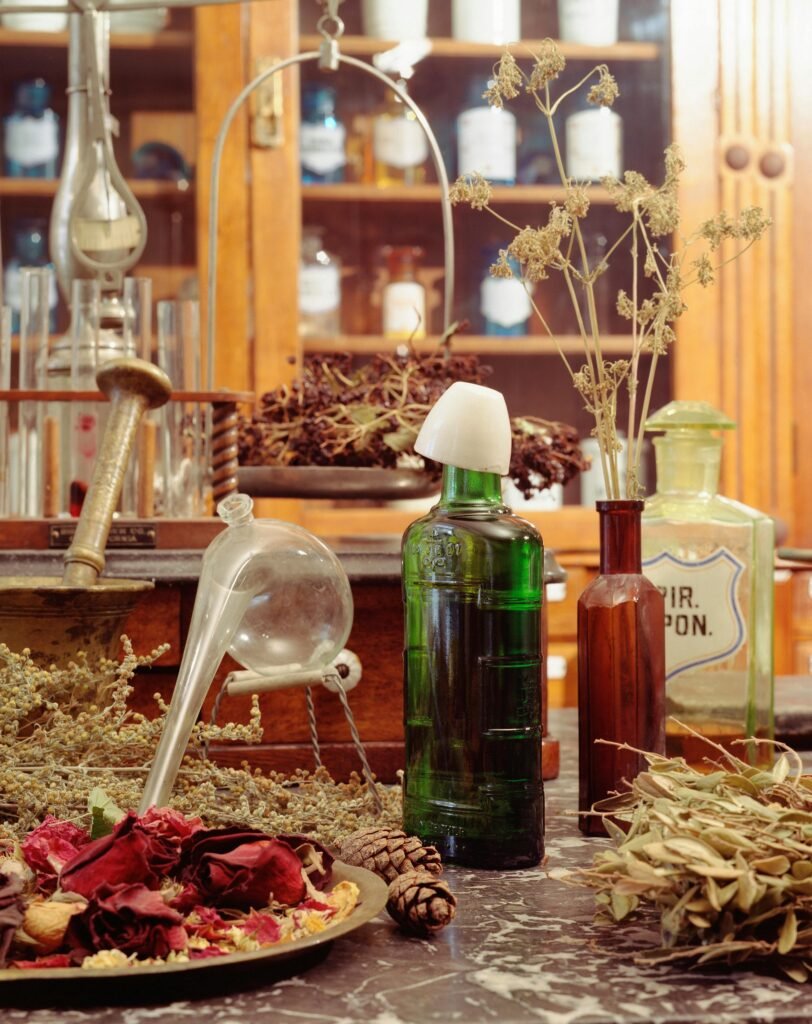
In contrast, decoction is a more intense method, intended for tougher plants, such as roots or bark. This method involves boiling the plants in water for 20–30 minutes, which helps in releasing the active substances that an infusion might not extract. The use of decoction for preparing root tinctures promotes better absorption of the active principles.
In conclusion, the choice of the method for preparing medicinal plants plays a crucial role in the effectiveness of treatments. It is important to make the correct selection of the method according to the type of plant used to ensure the preservation of the desired therapeutic properties.
Why is the proper collection of medicinal plants essential and how does this process influence their therapeutic efficiency?
Proper collection of medicinal plants at the right moment and under appropriate conditions ensures an optimal concentration of active principles. If harvesting is done at an unsuitable stage of the plant’s life cycle, the beneficial compounds can be significantly reduced. In addition, collecting in unpolluted areas and adhering to environmental standards prevents the introduction of harmful substances into the plants, preserving their therapeutic properties. Moreover, proper harvesting involves avoiding protected species by law and the over-exploitation of natural habitats, thus contributing to the protection of biodiversity.
How can the ideal moment be identified for collecting each part of the plant (leaves, flowers, roots, fruits)?
Each part of the plant reaches a maximum level of active substances at a certain period. Flowers are generally harvested early in the morning, when the dew has evaporated and the volatile compounds are well preserved. Leaves are often collected before flowering, when they still have a high concentration of essential oils. Roots, such as those of dandelion or chicory, are usually harvested in late autumn, when the plants concentrate their energy underground. Fruits are harvested at full maturity so that the beneficial substances are well developed.
Why is it important to avoid polluted areas when collecting medicinal plants?
Plants growing in polluted areas can absorb heavy metals, pesticides, and other harmful chemicals, which can negate or significantly diminish their therapeutic effects. Furthermore, the consumption of such plants can become dangerous to health, posing the risk of intoxication. A collector who follows good practices will opt for natural, clean regions, where human intervention is minimal and plants can develop in an uncontaminated environment.
What role do ecological practices play in protecting the natural resources of medicinal plants?
Responsible collection implies sustainable harvesting, within reasonable limits, and without destroying the habitat. For example, young plants can be left behind or only a part of a mature plant may be harvested, allowing the local flora to regenerate. Adhering to the legislation that protects endangered species and avoiding excessive harvesting maintains the balance of ecosystems. By adopting these measures, local communities and enthusiasts of medicinal plants help to conserve biodiversity and ensure quality resources for future generations.
What tools are indispensable in collecting medicinal plants and how do they influence the quality of the harvest?
A well-sharpened garden scissors or knife ensures clean cuts, preventing unnecessary damage to the rest of the plant. Containers made of natural materials (baskets, cotton bags) allow air circulation, preventing the formation of condensation and mold. Protective gloves can be useful in the case of irritating plants or areas where the soil might be contaminated. Choosing the right tools provides a higher degree of safety and preserves the structure and properties of the collected plant.
How do atmospheric conditions influence the quality of the collected medicinal plants?
Temperature, humidity, and sunlight can alter the content of active principles. Typically, collecting on dry, sunny days, but not during a heatwave, maximizes the volatile essential oils in plants. Moreover, avoiding immediate collection after rain or during high humidity prevents mold development and decreases the risk of rapid degradation. Early in the morning is the optimal time for many species, as the plants’ aromatic and therapeutic compounds are in their freshest state.
What drying methods are suitable and how are the plants stored to maintain their therapeutic effects?
Shade drying in a well-ventilated and dry place is most commonly used, as direct sun exposure can reduce volatile substances. Alternatively, a controlled dehydrator ensures uniform drying. Once dried, the plants are stored in airtight glass or metal containers, labeled with the name and collection date. Avoiding humid and brightly lit environments is crucial to prolong the shelf life and preserve the active principles.
What are the main methods of preparing medicinal plants and what difference does each method make?
Infusions and decoctions are the most common. Infusions involve pouring boiling water over the plants, making them ideal for sensitive leaves and flowers, extracting the volatile compounds and delicate aromas. Decoctions require boiling tougher plant parts (roots, bark) for 20–30 minutes to fully release the therapeutic substances. Tinctures, obtained by macerating the plants in alcohol or vinegar, concentrate the active principles and have a longer shelf life. Each method adapts to the specifics of the plant and the substances desired for extraction.
How can degradation of the plants be avoided during the collection and transportation process?
Careful harvesting, without jostling the plant or breaking unnecessary parts, prevents damage and the loss of essential oils. Using wicker baskets or natural fiber bags allows for ventilation and reduces transpiration, especially when fresh plants are collected. It is advisable not to cram an excessive number of plants into a small space, as pressure and accumulated heat can accelerate oxidation. Rapid transportation to the drying or processing site, preferably on the same day, ensures the freshness and quality are maintained.
What should we know about correlating botanical knowledge and traditional practices with the modern use of medicinal plants?
Combining botanical science with folklore provides a comprehensive perspective on the benefits and risks of medicinal plants. Scientific knowledge of the chemical composition and active principles often validates the traditional uses developed over time. However, each plant may also have contraindications or interactions with medications. By taking courses in phytotherapy, consulting scientific manuals, and discussing with specialists, enthusiasts of natural remedies can obtain valid information to use plants safely and with maximum therapeutic efficiency.
